-

Steel structure rivets in time
In the 1960s and 1970s, there were no high-strength bolts, and the welding technology was not as advanced as it is now. Therefore, many steel structures were connected by rivets, which can sometimes be seen when watching old movies. It is almost an antique. Aluminum or steel pull rivets are used ...Read more -

Stainless steel (countersunk / flat head) rivet nuts; Countersunk head / flat head pull nail; Hexagon nut / bolt) — what is the national standard number?
Countersunk head hexagon socket: GB70.3 DIN7991 Open round head pull nail: GB12618 Hexagon nut: GB6170 DIN934 External hexagon full thread bolt: GB5783 DIN933 Rivet nut: GB17880.1Read more -
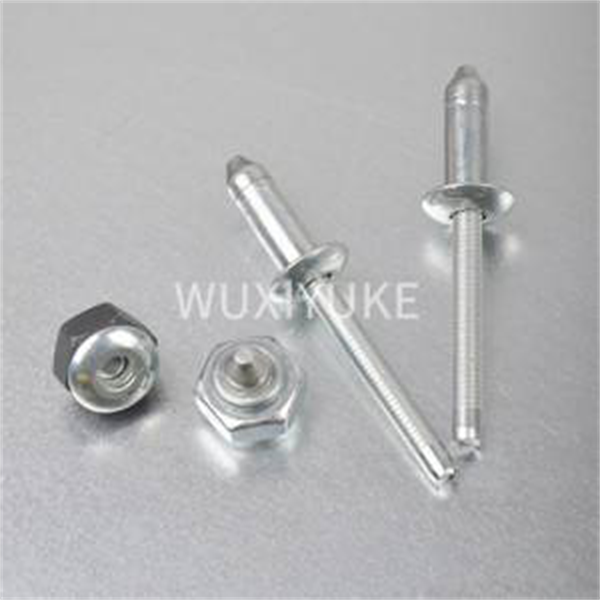
What are the differences between structural rivets and ordinary rivets?
The biggest difference between them is that in addition to high strength, a typical feature of structural rivets is that the nail core is locked in the rivet body after riveting. Many people may think that the rivet core of ordinary rivets is also retained in the rivet body after riveting, but in...Read more -
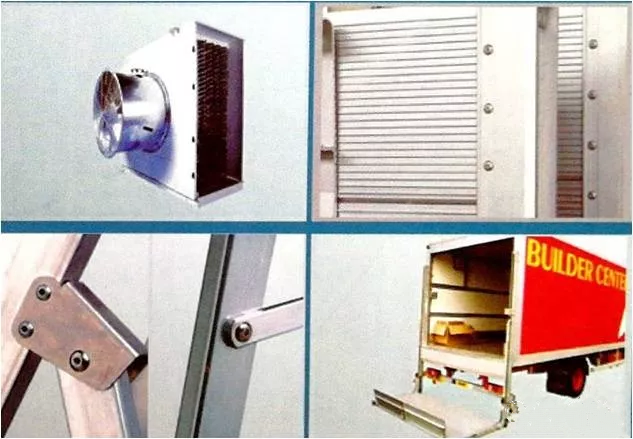
Application of structural blind rivets
Structural pop rivets are mainly used in shelves, agricultural and forestry facilities, household appliances, railway vehicles, refrigerated vehicle containers, heating and ventilation devices, light steel roofs and curtain walls, automobile and parts assembly, shipbuilding, building cabinets and...Read more -

History of rivets
The earliest rivets were small pegs made of wood or bone. The earliest metal deformation may be the ancestor of rivets we know today. There is no doubt that they are the oldest known methods of metal connection, dating back to the original use of malleable metal. For example, in the bronze age, t...Read more -
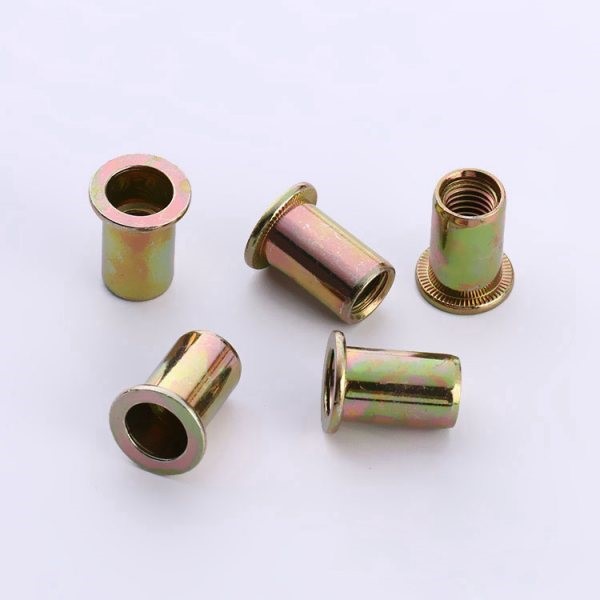
What is the difference between countersunk rivet nut and flat rivet nut?
Countersunk rivet nut flange is angled. Countersunk holes need to be drilled during installation. It is divided into large countersunk nut and small countersunk rivet nut. Countersunk rivet nut Flat head rivet nut The flange of the flat head rivet nut is round.Read more -
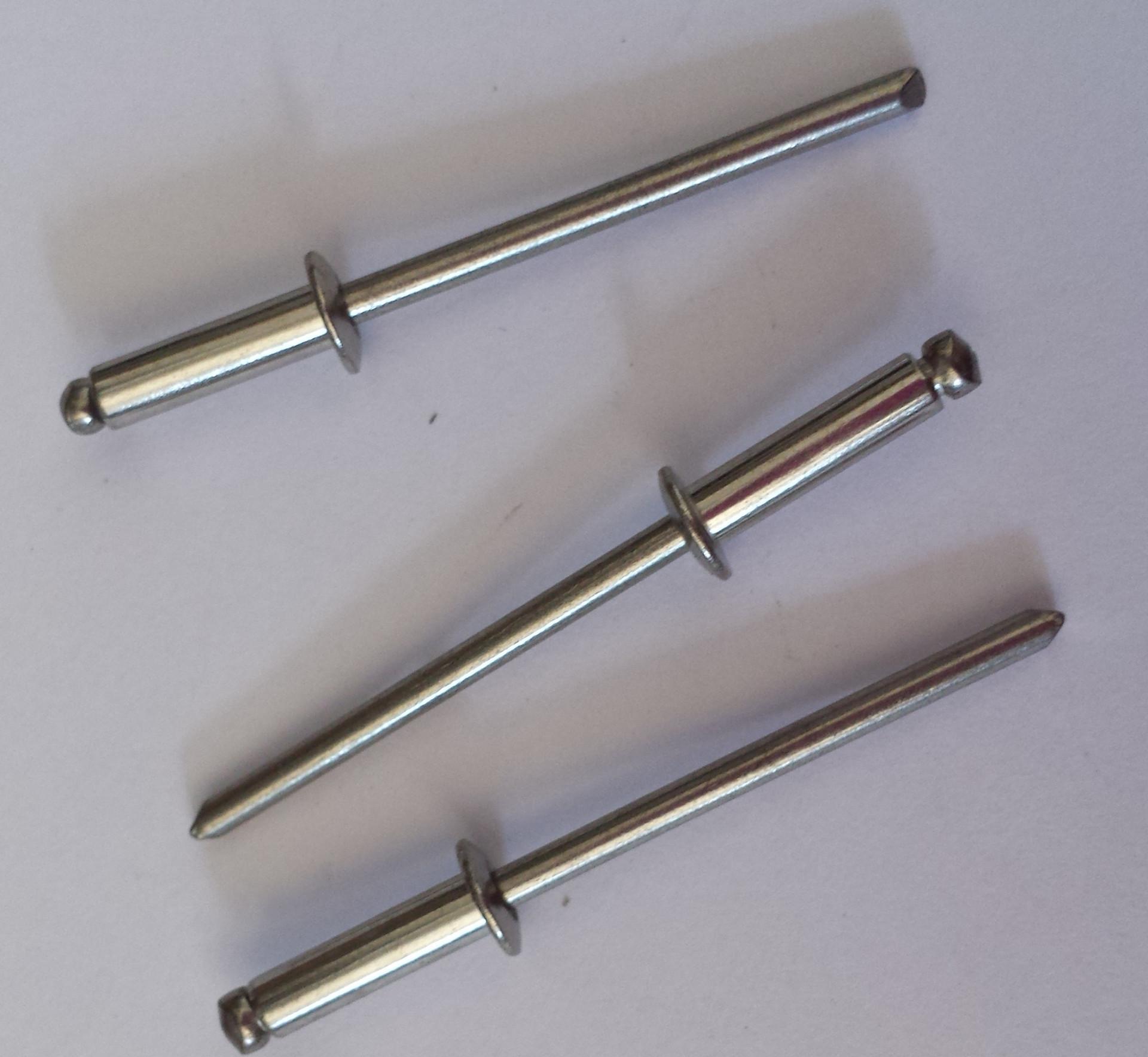
What are the advantages and disadvantages of open round head blind rivets
●Advantages: it is suitable for the fastening connection between different materials and the occasion without disassembly. It can be operated on one side of the workpiece. The tool is simple and easy to operate and the installation efficiency is high. ●Disadvantages: the tightness cannot be adjus...Read more -

Application occasions of open round head blind rivets
Open type round head blind rivets are easy to install and operate on one side without other mating parts. The product has the advantages of simple structure, low cost, moderate clamping force and stable and reliable connection. It is widely applicable to the fastening between plates of various ma...Read more -
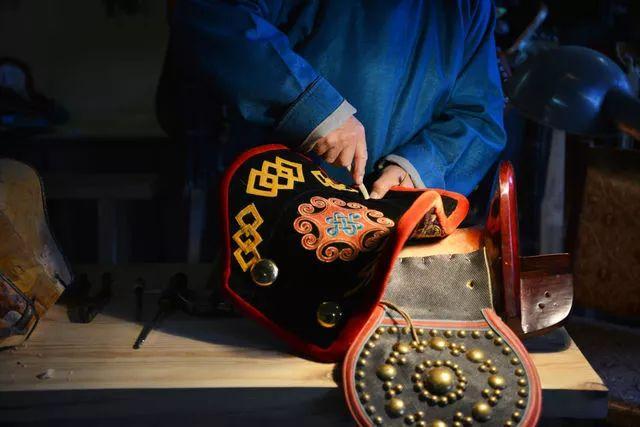
Historical anecdotes of hollow rivets
Hollow rivets are mostly invented for manufacturing or repairing harness equipment. It is not very clear when hollow rivets were invented. But the harness was invented in the 9th or 10th century A.D. riveted harness liberated slaves from heavy labor like nailed horseshoes.Read more -
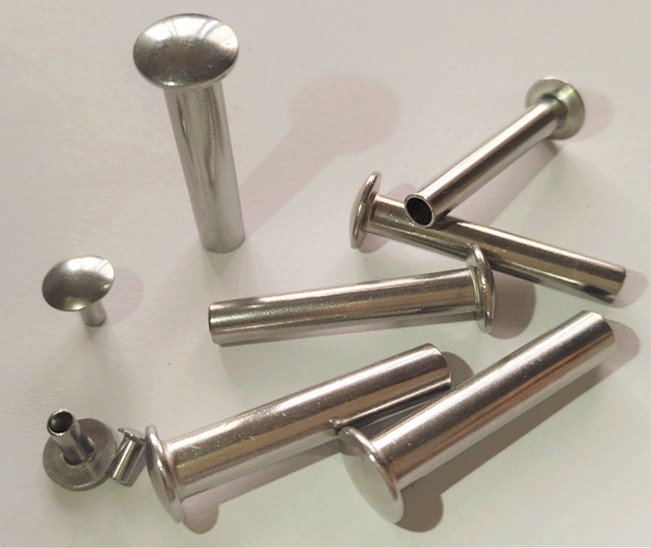
Structural Hollow rivets assembly advantages
Structural Hollow rivets are used for rapid single-sided construction connection, which can meet the requirements of high shear and tensile resistance. The main advantages in use include: 1. Single side construction 2. Wide riveting range 3. Quick installation 4. Large clamping force 5. Good seis...Read more -
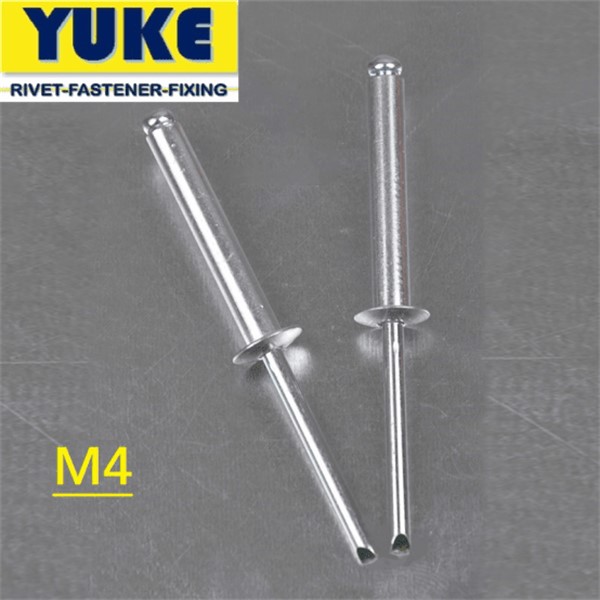
What are hollow rivets used in? What are its characteristics?
The application and characteristics of hollow rivets. The hollow rivet connection is similar to the semi hollow rivet connection, which belongs to the fastener connection of non load-bearing structure. The hollow cavity of the rivet can pass through the pipeline and is widely used for the connect...Read more -
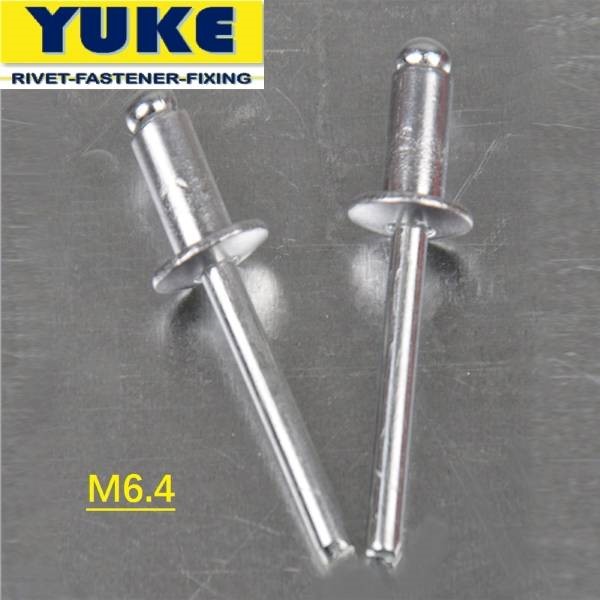
What is open core pull rivet?
Open core pulling rivet is a kind of high-strength riveting connecting fastener, which has the characteristics of high strength, high finish, bright and lasting riveting surface, no rust points, stable and reliable riveting surface, flat riveting surface and so on. Open End Core Pulling Blind RivetRead more

